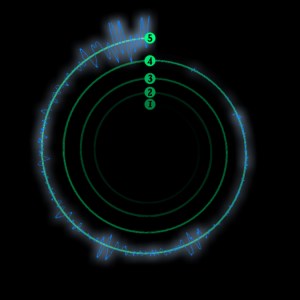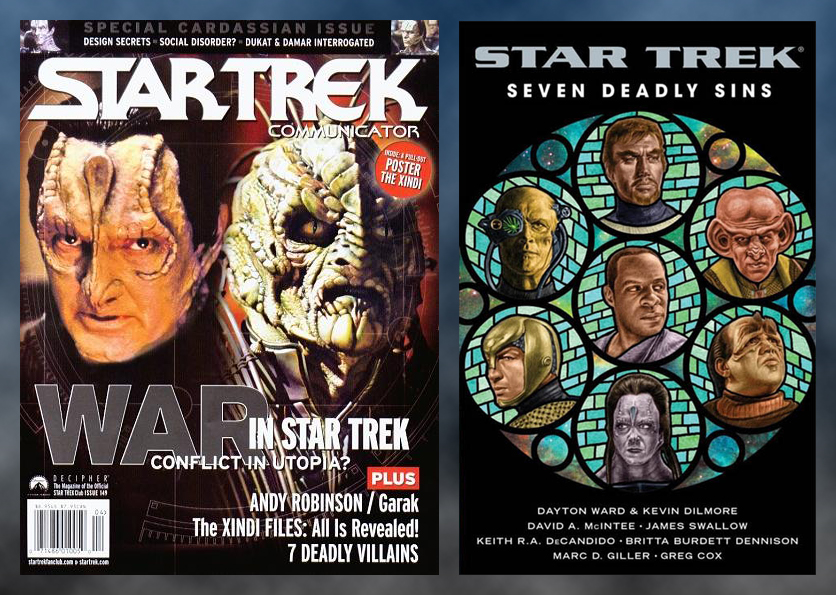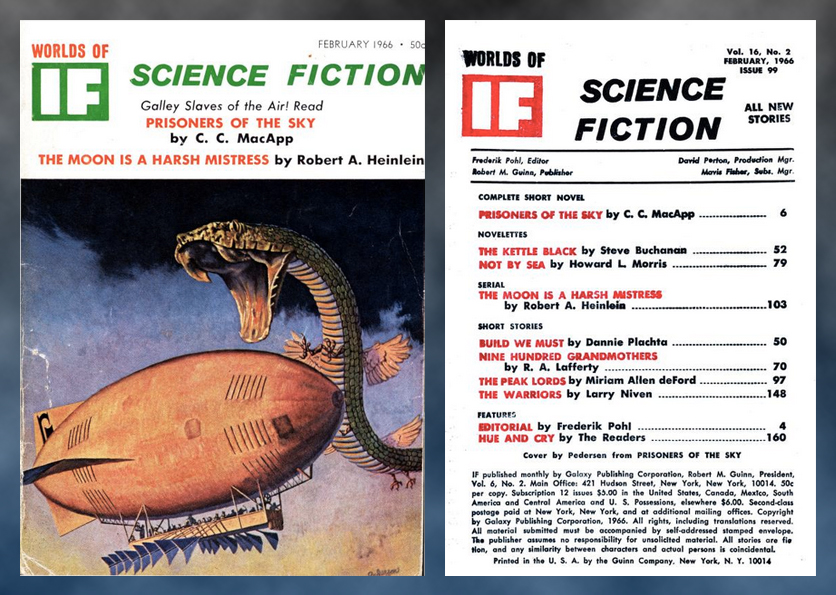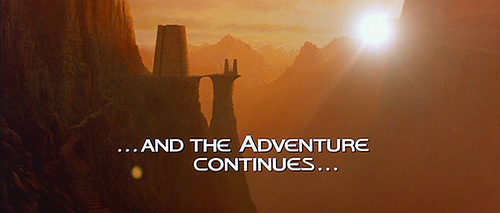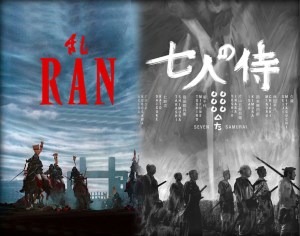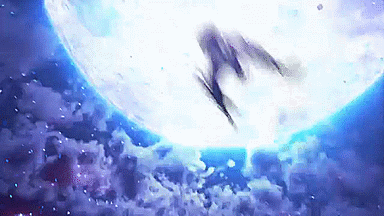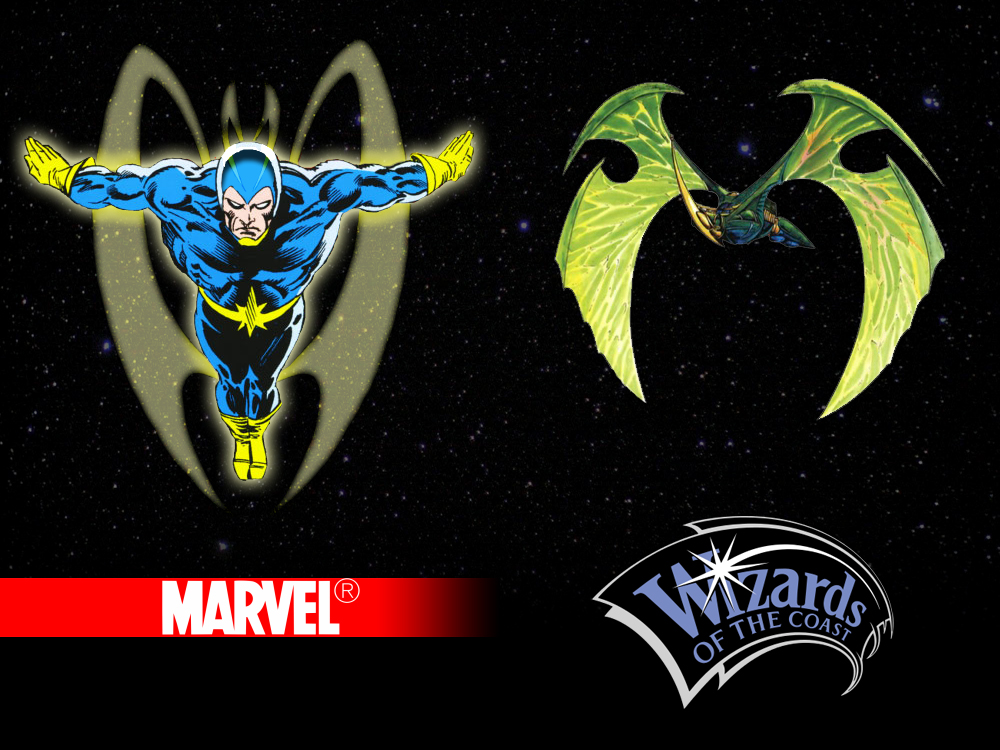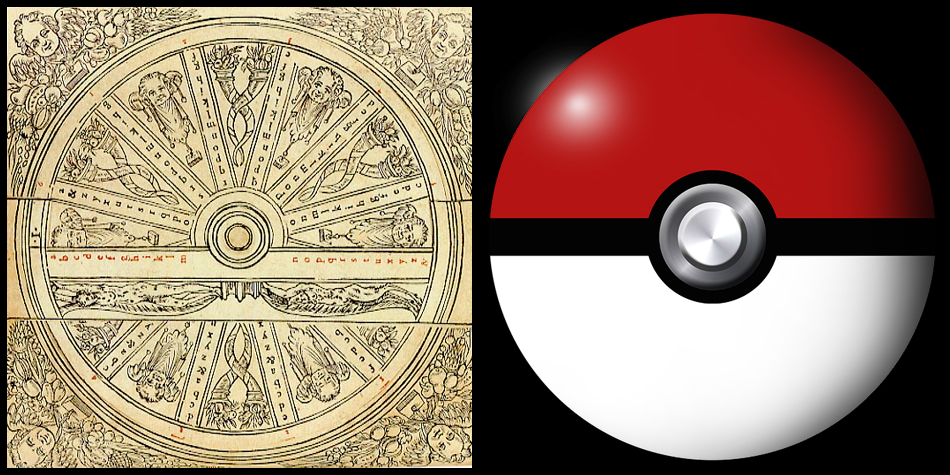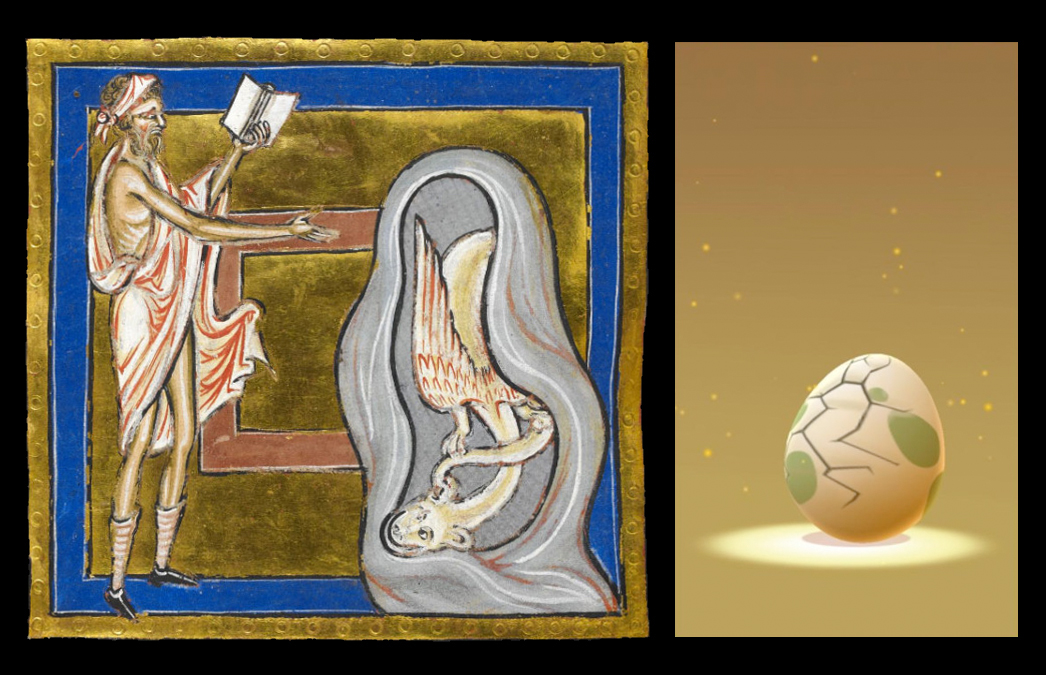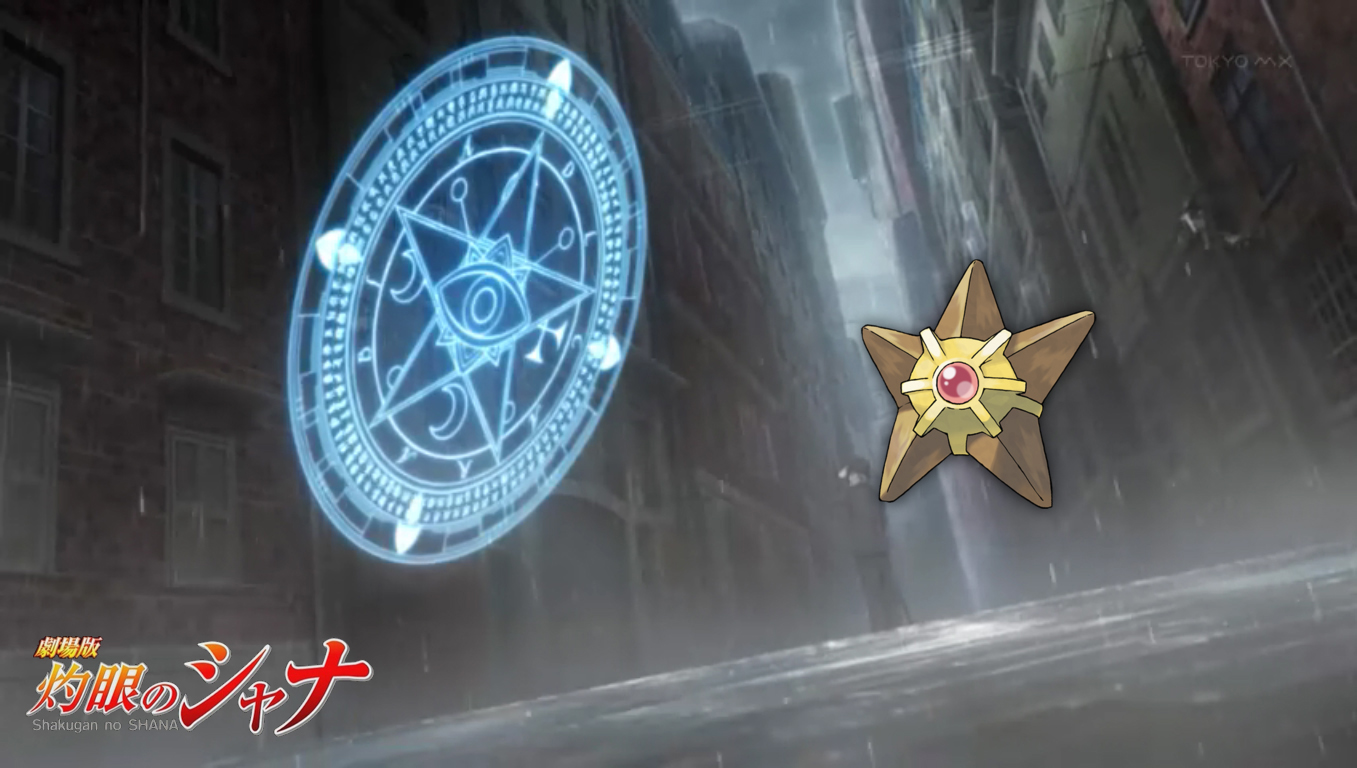When Leanna Renee Hieber suggested she might want me to create the covers of her new Time Immemorial series, I was not exactly surprised. However, I was incredibly pleased. Although we didn’t know it at the time, when she and I began to develop the main character – Elizabeth Marlowe – it was the beginning of our professional relationship. Through quite unusual circumstances I had been given the opportunity to collaborate on a potential pitch for a new Star Trek series; the work did not become Picard, Discovery, or even Lower Decks.
It did provide me with the chance to offer Miss Hieber, an author and actress I’d already found engaging, the recurring role of a Starfleet captain. As she passed me in a wide corridor at a steampunk convention, I called after her asking, “Would you have time to record, ‘Space, the final frontier…’ for a project I’m working on?”
While the pitch gradually dematerialized, we had grown quite attached to the unusual and powerful personality we were inventing. We reclaimed her from the initial collaboration and started a new one. We began creating the right universe for Captain Liz. Looking back on the earliest notes, it isn’t easy to recall which of us wrote exactly what parts. Seemless.
But Elizabeth is not only the captain of a spaceship. She is a serial reincarnate who is, in effect, living all her lives simultaneously. Time Immemorial features five of these lives and I’d wanted to covers to reflect some of that in some subtle way.
I tend to do astronomy-based art often. There is a little irony, I think, in storing reference images in the Cloud. One that had been squirreled away was a polar stereographic projection of the northern sky. This was going to serve as the background of the cover design. Over 100 real stars were individually plotted as layers above the reference image. (A few of these were later obscured to accommodate the titles.)
Perhaps it would have been easier had Liz served the United Federation of Planets. But there’s a tremendous and very different joy in having co-created her and the worlds and times in which she lives. In my opinion, Time Immemorial is more than a Star Trek than might have been. The saga is the rewarding product of a personal journey, a visitation on past fandom loves and potential futures, and some unique takes on time travel and the nature of souls.
And now it is finally launch day for the first installment of this story. One of our captain’s lives provides us a window on 1882, which very nicely ties in the 1880-vintage sky map. We also find her living in Iron Age Britain, during the events of World War II, and in the 24ᵗʰ century. An expression of just how difficult it we’d find experiencing all of one’s past and future lives at once is found in the iteration of “Mad Liz”, who is ultimately a vital part of the one-woman-Scooby-Gang.
Captain Liz debuted as a character – “The Visitor” – in The Eterna Files and ties into Leanna’s existing works, particularly the Dark Nest Chronicles. One does not, however, have to have read all thirteen prior novels to join our good captain in her adventures.
The series marks the debut of Julia O’Connell as a developmental editor of fiction, a role she serves admirably and ably.
Leanna is also the narrator of the audio book and so she’s gotten a chance to portray the character at last. I wish you could see me smiling about that.
You can read Leanna’s introduction to Time Immemorial and see amazing character concept shots as well as all my series covers at Fantasy Book Cafe. And dive in for this new science fiction at Scribd. For those without a Scribd account, there is a 30-day free trial available.
📖


